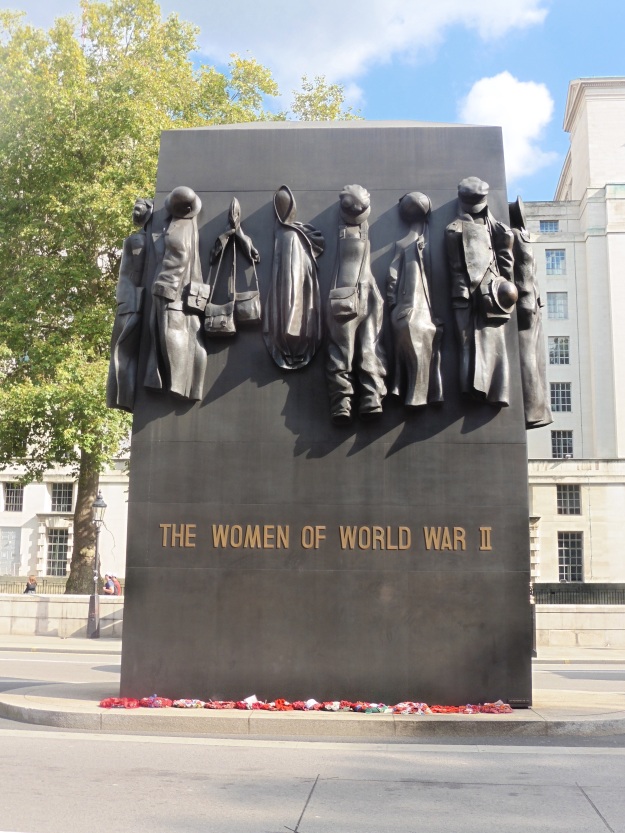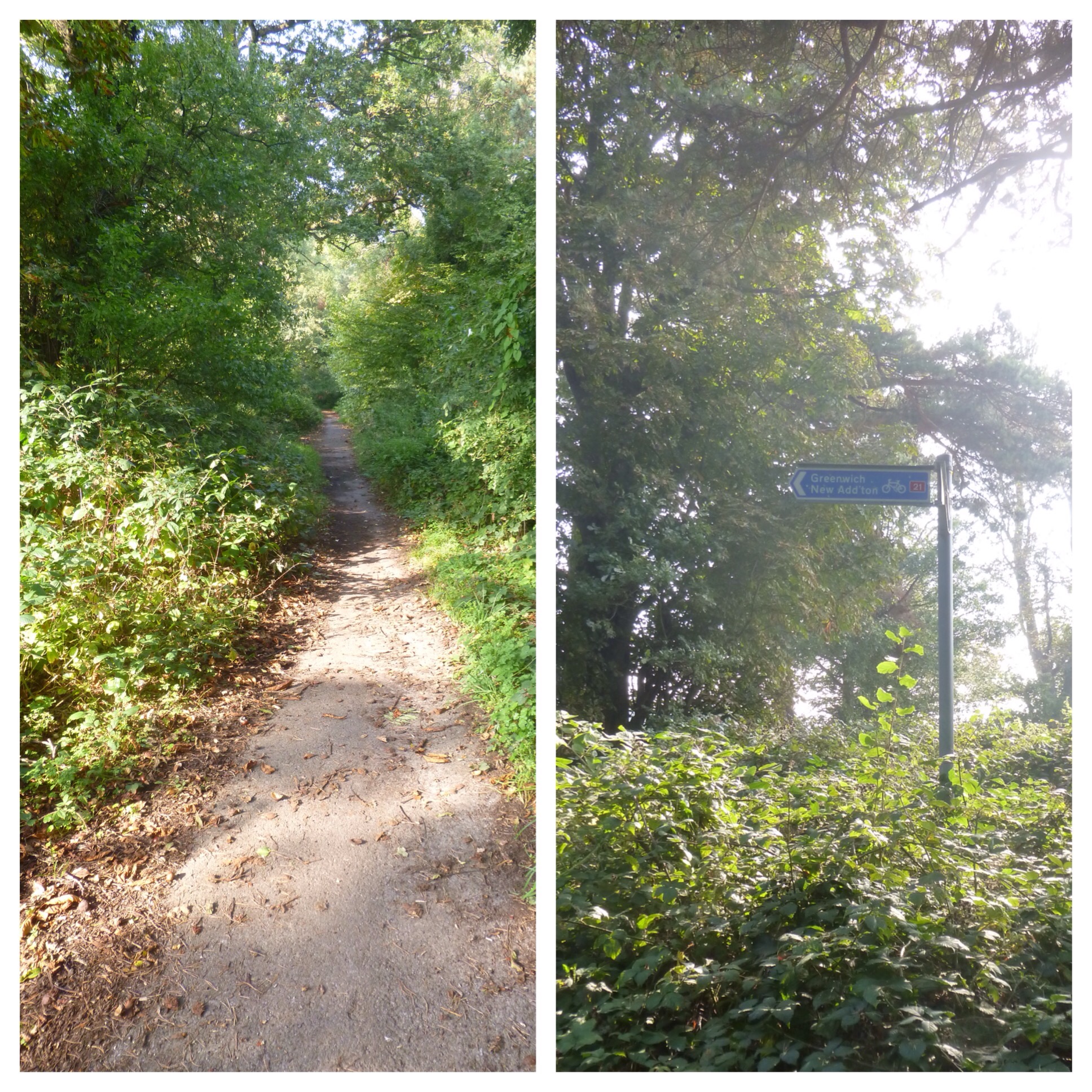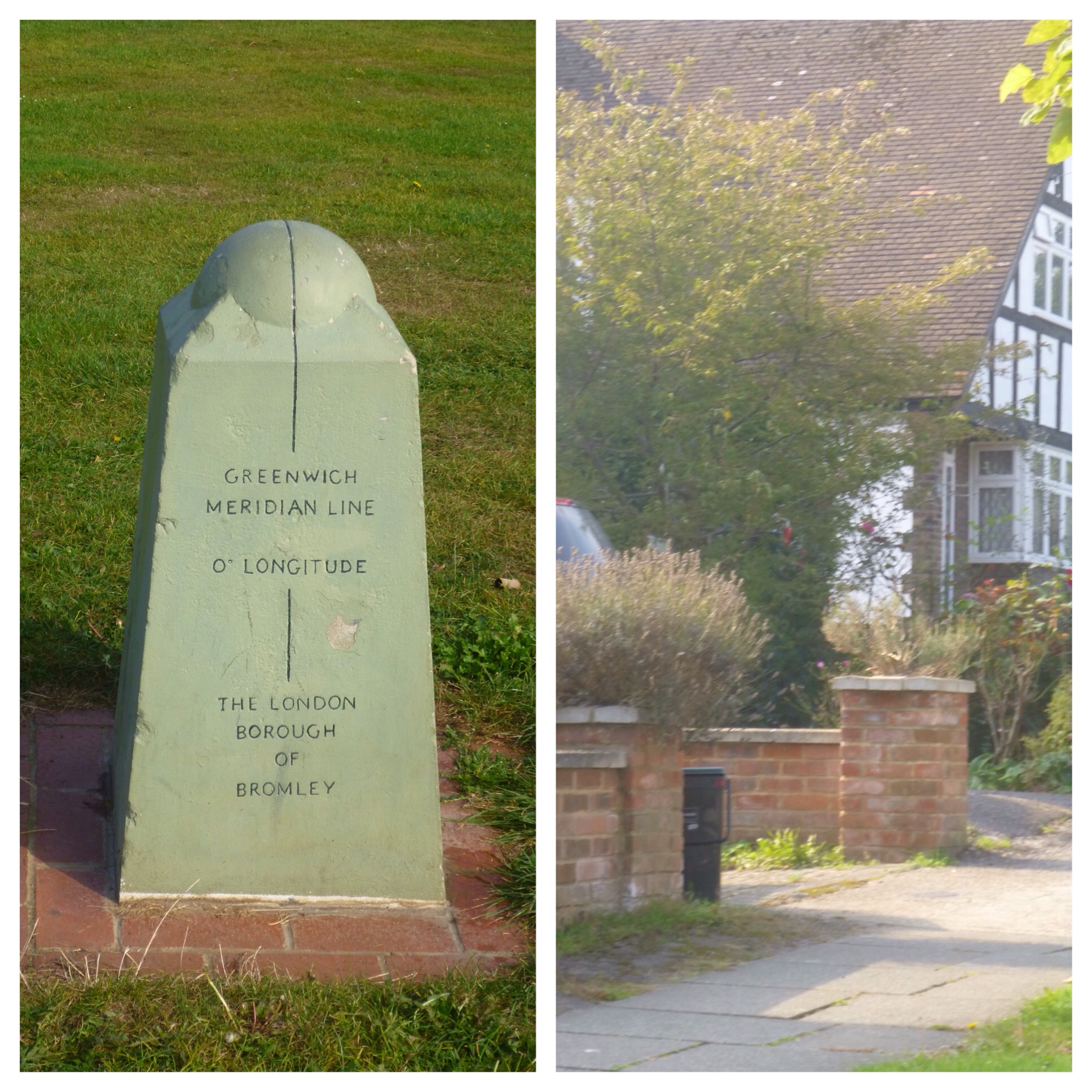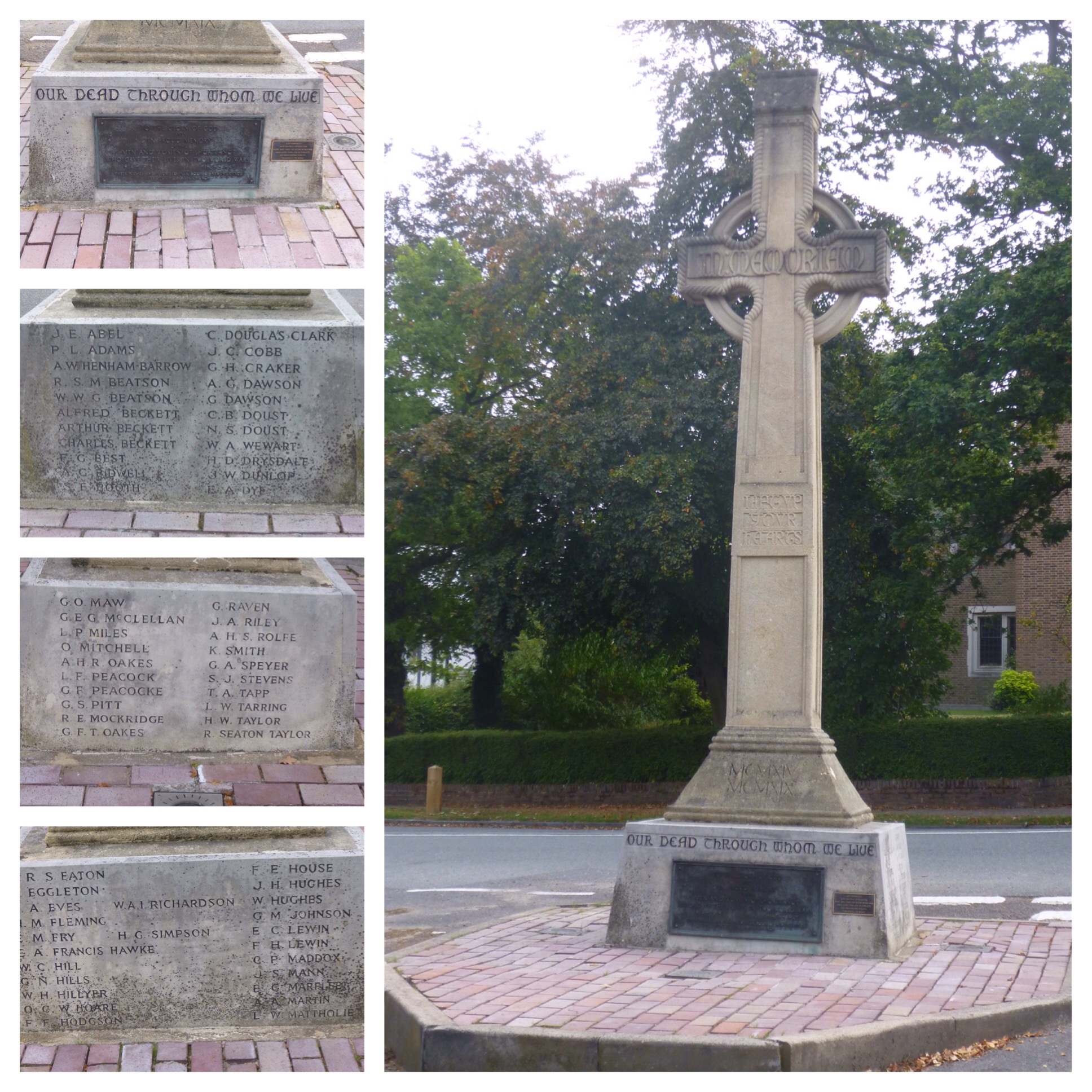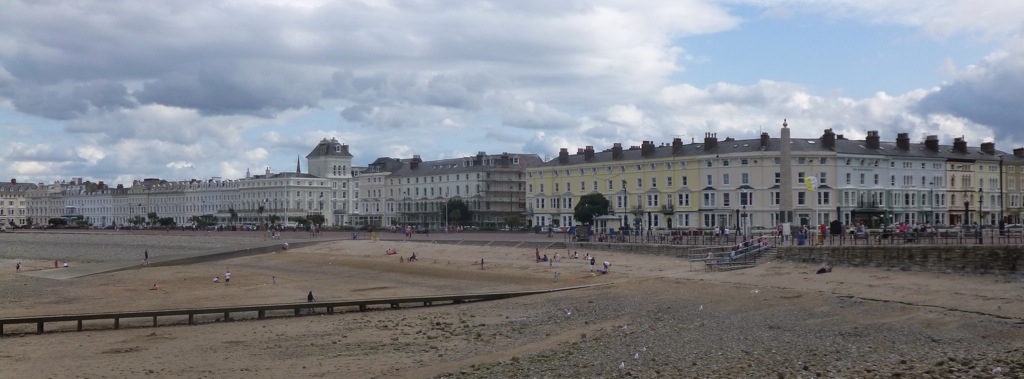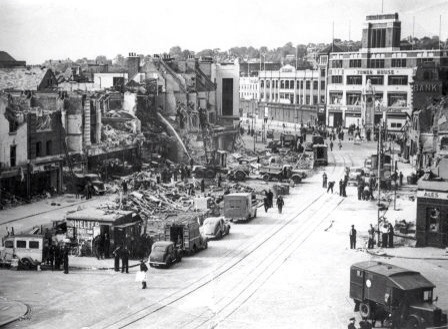When the Ordnance Survey cartographers visited the area around Eltham Road, to the east of Lee Green, for the first time in 1863, a small number of large houses had been laid out at the edge of suburbia of Victorian London. The feel though would have been rural, little different to when horse racing had happened in the fields parallel to the main road and Quaggy up until the mid -1840s.
The change in the next four or five years was dramatic with new housing laid out along Eltham Road, almost up to what is now Sutcliffe Park. As the local MP remarked in 1870, ‘in a short period a town has sprung up in the neighbourhood.’ (1)
As we have seen with new developments elsewhere in the area churches followed soon afterwards – Christ Church in Lee Park (1854), Holy Trinity, Glenton Road (1863), St Mildred’s in 1871, the original Church of the Good Shepherd in 1881 along with the Baptist Chapel at the corner of Eastdown Park in 1854. This new ‘town’ between Lee Green and Eltham was no different.

From around 1867, possibly slightly before, there was a temporary ‘iron church’ that was built somewhere in the area which was called St Peter, the exact location isn’t clear – a Rev. A Tien being appointed to minister from there from a church in Bedfordshire (2). As we have seen in relation to an iron church on what is now Baring Road (see above), ‘tin tabernacles,’ as they were often referred to, provided quick solutions to the provision of a church whilst funds were raised to build a permanent place of worship.

The foundation stone for the permanent church (pictured above) was laid on 3 December 1870 by Lady Louisa Mills, who was the wife of the local MP for West Kent, Charles Mills. He obviously wasn’t that impressed with his wife laying the foundation stone; his speech ‘regretting very much the absence of a member of the Royal Family’ (3). The Conservative Mills had previously lost his seat in Northallerton, amidst a bribery scandal. Also present at both the foundation stone laying and the service in the iron church that preceded it, were the Vicar Designate, the Rev J L Macdonald, along with the Vicars of Eltham and Greenwich (4).
The church was on the corner of what it now Lyme Farm Close and Courtlands Avenue, although it was just one street then referred to simply as The Avenue. There were a dozen or so large houses in the development plus perhaps another 150 large houses along Eltham Road, Cambridge Road (now Drive), along with Weigall, Osberton and Leyland Roads. It was an ambitious project for a small, albeit probably relatively wealthy and pious area. So, there was a range of fundraising activity to help pay including bazaars and concerts to help pay for the new church (5).

In the end, it all came together quite quickly with the new church consecrated in July 1871, just six months after the foundation stone was laid. The ceremony was undertaken by the Bishop of Colombo, in the absence of the Bishop of Rochester, most of local clergy in the area being present too. The church seemed large for the area – holding 750 and cost £4,500 to build (6).

The local paper, the Kentish Mercury, described it as ‘early French’ in style consisting of ‘nave, side aisles and an octagonal chancel…. surmounted by a very characteristic tower and spire…..Both externally and internally the edifice is of red brick, relieved with copious Bath stone dressings’ (7).
The architects were Newman and Billing, both called Arthur, who were based in Tooley Street and had an extensive practice mainly concerned with church work from around 1860. They were also acted as surveyors to Guy’s Hospital and to St Olave’s District Board of Works in Bermondsey. Other work included the design of the Grade II listed St Luke’s in Hackney and the Grade I listed Parish Church of St Dunstan and All Saints (The Church of the High Seas)
The builders were Dove Brothers who were a long standing Islington based builders operational between 1781 and 1993, well known for late Victorian church construction building around 130 churches between 1858 and 1900, mainly in London.
The church had parish rooms, a some distance away in St Peter’s Court at Lee Green, behind the New Tiger’s Head. The first mention in Kelly’s Directories was in 1894, but given the naming of the alley (which is still there) it probably dates from the 1880s or before. The last mention of the parish rooms was around 1911.
The church seems to have suffered as the wealthy suburban residents moved on and was closed in 1939 in a poor state of repair; several of the houses were empty on Courtlands Avenue when the 1939 Register was collected as war broke out, with others in multiple occupation – a parish probably unable to cope with the high running costs of the building. While no damage was marked on the London County Council Bomb Damage Maps (8) – given there were a couple of V-1s that fell on neighbouring fields it seem seems likely that there was some damage; certainly the church website suggests that. It seems that the remaining parishioners worshiped for a while at the elegantly situated St John’s at the top of Eltham Hill.
The church was declared redundant in 1960, and along with the rest of the housing on Courtlands Avenue was demolished, probably the same year. The much denser housing, seemingly built by Wates. All that remains now is the war memorial, which has a brief note about the church’s history.

Courtlands Avenue wasn’t the only area of large housing demolished in the early post war period – flats appeared on Ravens Way and opposite on Reed Close – maybe 99 year Crown leases were coming to an end. There was to be much larger scale development redevelopment around Lee Green, again on Crown land.
The new, denser developments with hundreds more homes provided a nascent congregation and the church re-established itself in a wooden hall on the corner of Weigall Road in 1960, joining with the, then recently rebuilt, Church of the Good Shepherd in Handen Road.
The plot on which the hall that the church took over seems to have been undeveloped until the late 1930s when it was listed in Kelly’s Directory as Pyke Jocelyn School of Dancing, it changed hands during the war to become Saville Hall School of Dancing before a 1960 listing as St Peter’s Church.

The wooden structure was replaced by a smaller, attractive multi-purpose building in 1983, presumably at least partially paid for by the sale of part of the site for a sheltered housing development next door.
Notes
- Kentish Mercury 15 July 1871
- Bedfordshire Times and Independent 16 July 1867
- Kentish Mercury 10 December 1870
- ibid
- Kentish Mercury 10 June 1871
- Kentish Mercury 15 July 1871
- ibid
- Laurence Ward (2015) The London County Council Bomb Damage Maps 1939-1945 p120
Credits
- The photographs of the original church are from the collection of Lewisham Archives, remain their copyright and are used with their permission
- The photograph of the tin tabernacle on what is now Baring Road was from eBay in September 2016
- The Kelly’s Directory data is from a mixture of Lewisham and Southwark Archives

















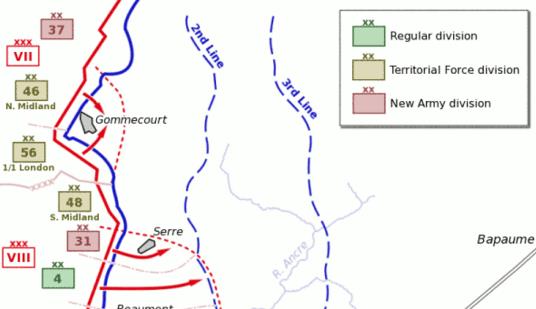



 By 1911 they had moved to East Dulwich Grove, his father having married Alice from Hamstead in Kent in 1907; by 1916 the family was living at 23 Vanbrugh Park. In Civvy Street Frank (pictured – source
By 1911 they had moved to East Dulwich Grove, his father having married Alice from Hamstead in Kent in 1907; by 1916 the family was living at 23 Vanbrugh Park. In Civvy Street Frank (pictured – source 


